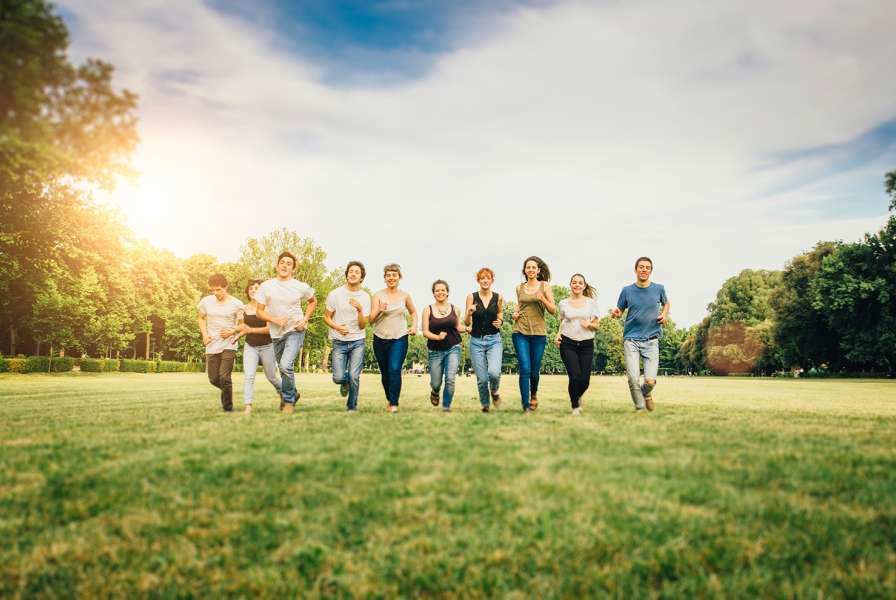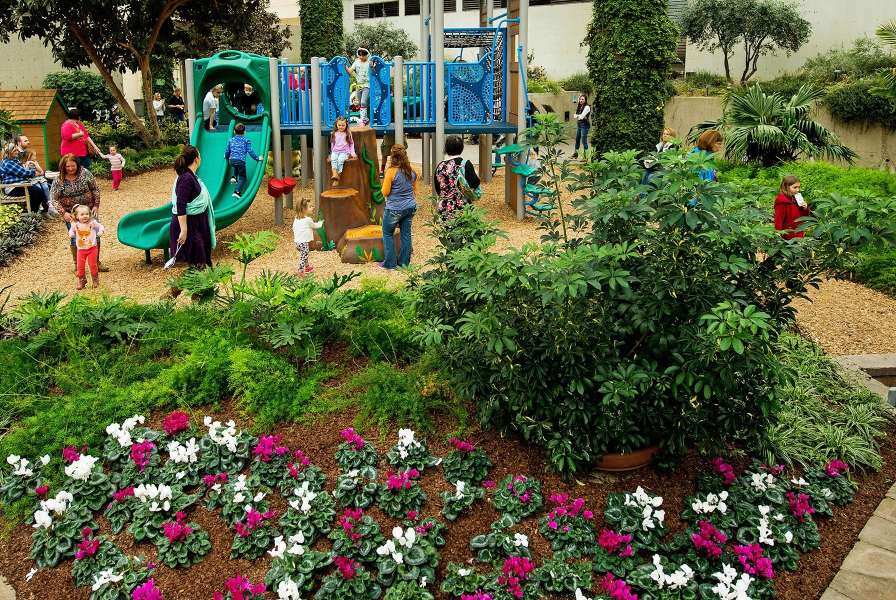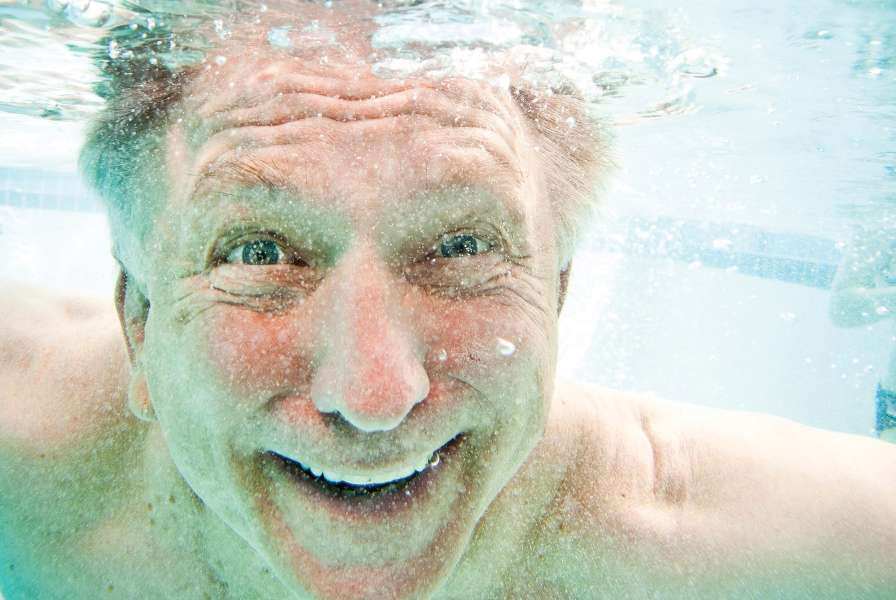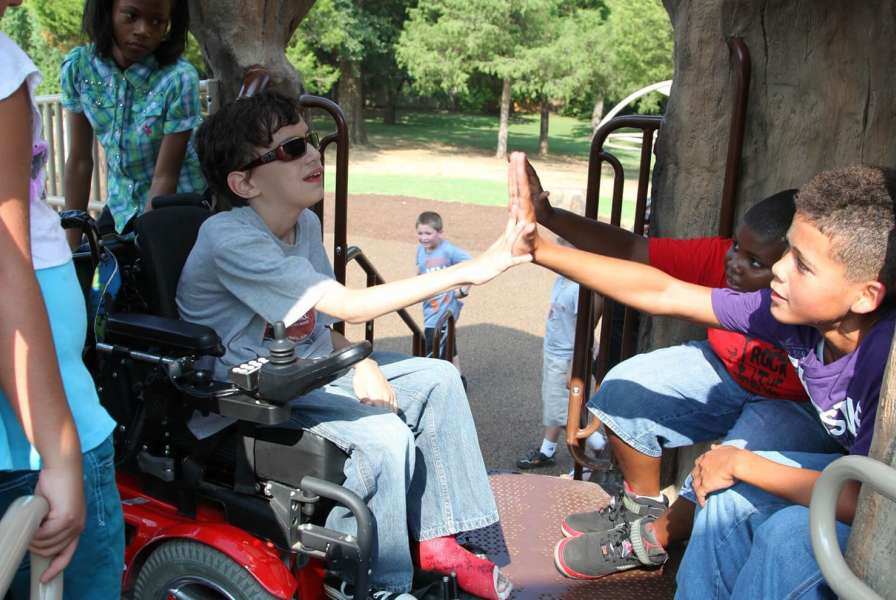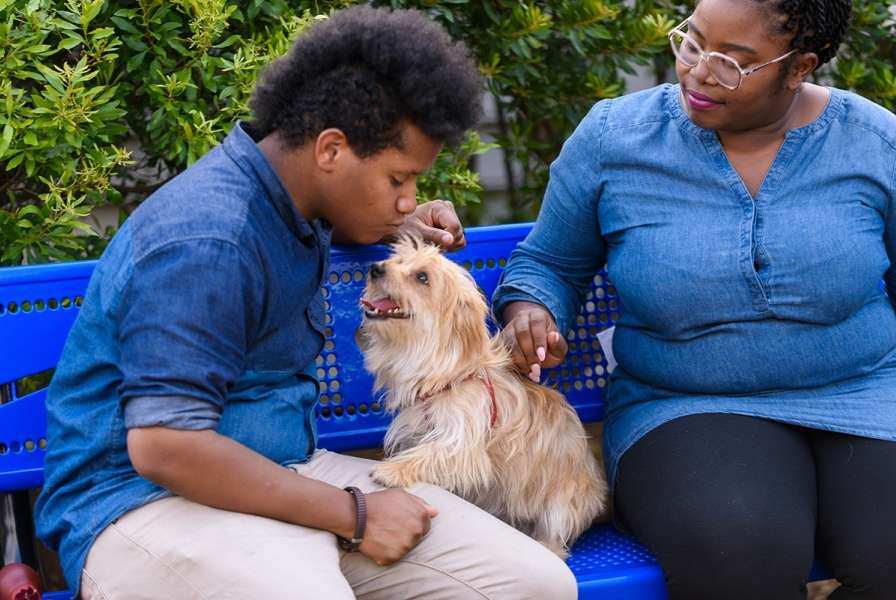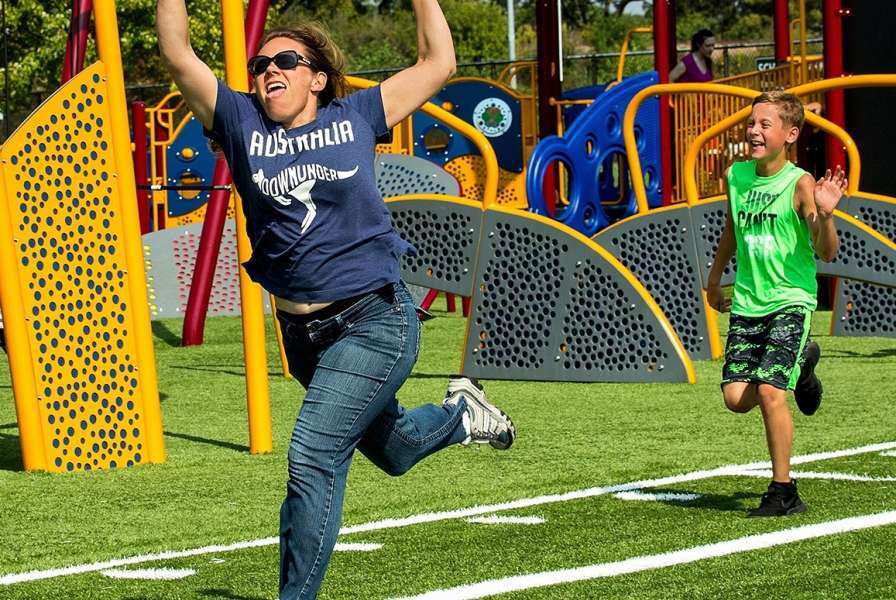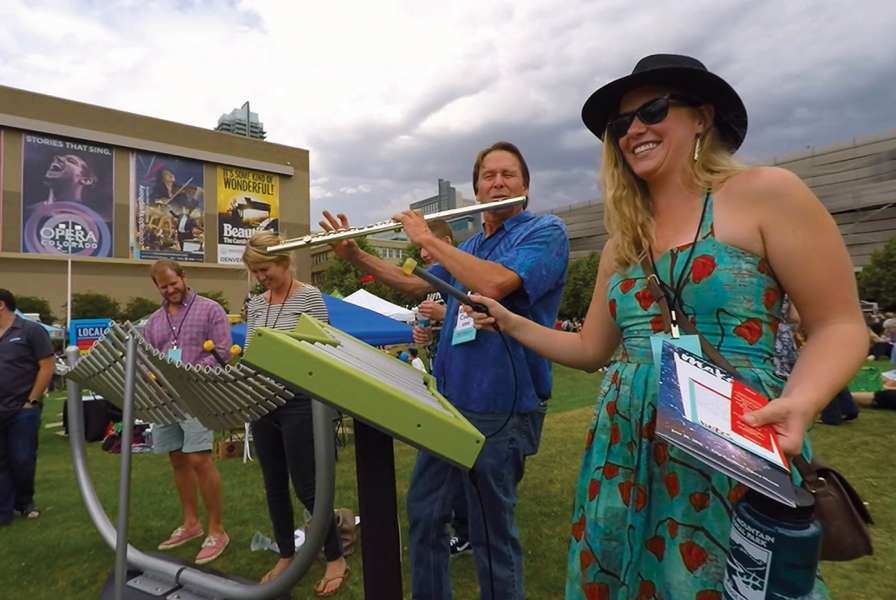One of the outstanding Advisors to the National Institute for Play is movement pioneer, Dr. Maxine Sheets-Johnstone. Her groundbreaking book (among others) now being re-issued, The Primacy of Movement, describes in elegant detail how all of us gain basic knowledge of our bodies and our environments through movement. We really are embodied minds. And, of course what the good playground, and PlayCore, does is to design, build, and invite people to settings that foster…play. And play involves movement.
Even prenatally, as any young mother will attest, there is plenty of movement in the womb. Once they are born, every infant demonstrates the urge to squirm and wave arms, and as soon as they can get up on their hands and knees at three to nine months they learn to rock and then crawl. They stick things in their mouths and gnaw with their gums. They roll food around with their tongues, sucking it in and spitting it out, enjoying the process immensely. All this is movement inspired. Later, with spoon in hand, they may catapult or fling a glob of food across the room. These are not random movements—they are intrinsic behaviors that promote exploration and learning. Babbling becomes intelligible words. Babies who are born hearing-impaired will actually use play movements to learn to communicate physically, first babbling with simple symmetric movements, which slowly become simple sign language when an adult signs back consistently.
Movement is primal and accompanies all the elements of play we are examining, even word or image movement in imaginative play. If you don’t understand and appreciate human movement, you won’t really feel this foundational continuing need for movement for your child. And by implication the need for movement also includes your adult self, as the need to play throughout one’s lifetime is a persistent public health need. Play and movement are fundamental.
Learning about self-movement creates a structure for an individual’s knowledge of the world—it is a way of knowing. Through movement play, we think in motion. Movement structures our knowledge of the world, space, time, and our relationship to others. We’ve internalized movement, space, and time so completely that we need to take a step back (a movement metaphor) to realize how much we think in these terms. Our knowledge of the physical world, based in movement explains why we describe emotions with terms like close, distant, open, closed. We say we “grasp” ideas, or “wrestle” with them, or “stumble” upon them.
Movement play lights up the brain and fosters learning, innovation, flexibility, adaptability, and resilience. Knowledge of these grounding aspects of life will help direct parents and care-takers to apply what nature has provided for us as we play. Keep moving!
